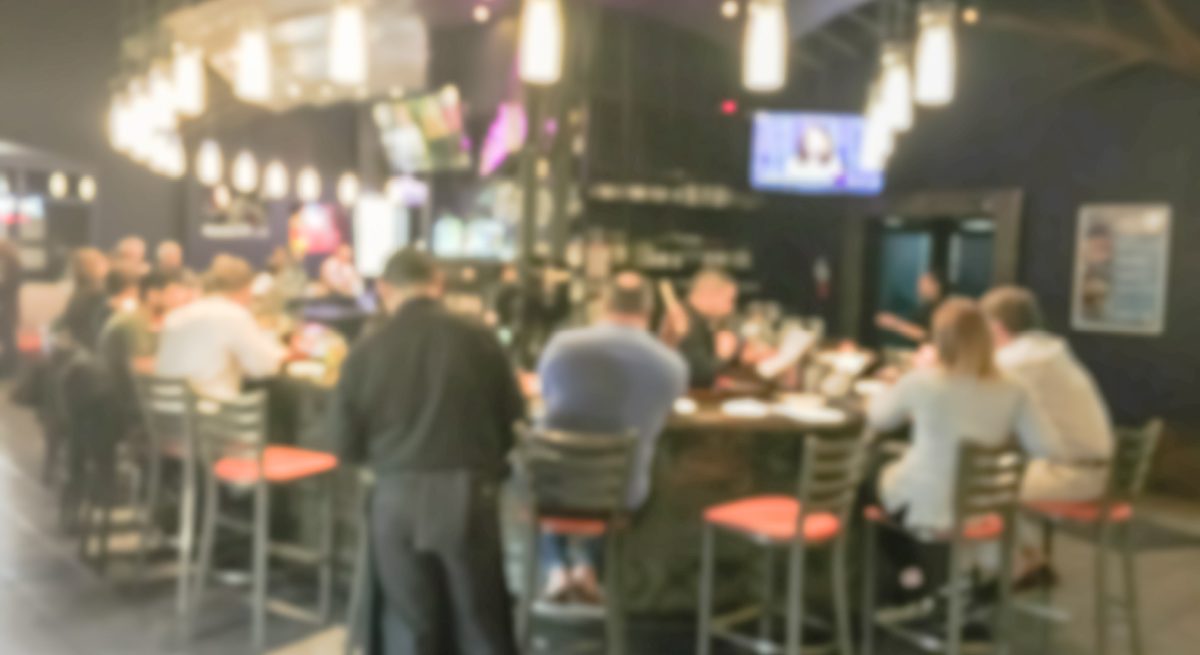Seven Restaurant Trends That Will Continue in the Post-Pandemic World
3 Min Read By Devin Partida
The long-lasting effects of the COVID-19 pandemic are something that every business needs to consider, regardless of the industry they serve. Let’s explore seven trends in the restaurant industry that will likely continue into the post-pandemic era.
1. Third-party delivery apps will continue to thriveAnyone with a smartphone knows how convenient it is to order from apps like DoorDash, Uber Eats, Grubhub, or Postmates. These food delivery apps have become a standard part of everyday life. And based on their current performance, it’s a trend that will remain.
Some 53 percent of adults say that purchasing takeout or delivery is an essential part of the way they live, and 68 percent say they’re more likely to use a third-party delivery service now than they were before the pandemic. Restaurants have responded to this demand, and more businesses are subscribing to food delivery apps.
2. Restaurants will need to digitally transform their internal operationsMany industries are…
Sorry, You've Reached Your Article Limit.
Register for free with our site to get unlimited articles.
Already registered? Sign in!


